#Fukuda icons
Text
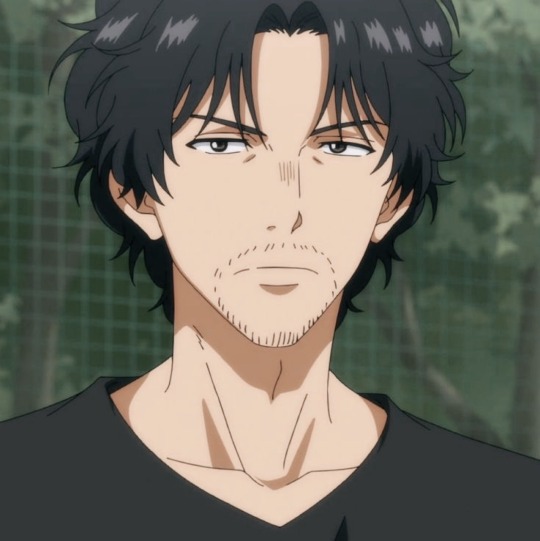
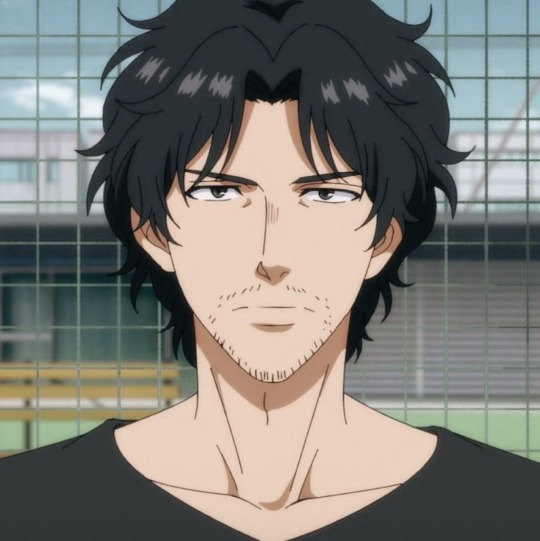

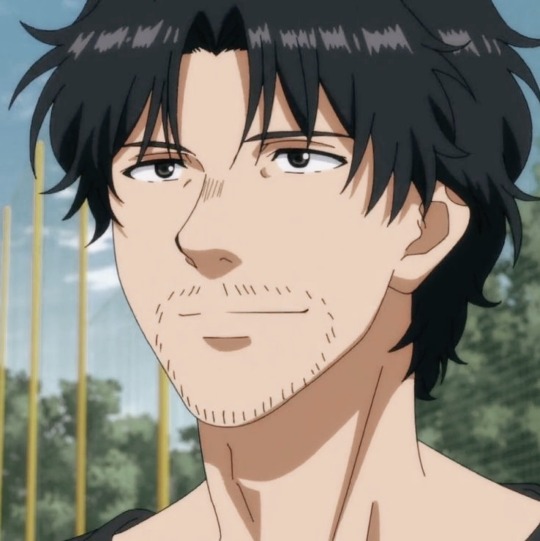
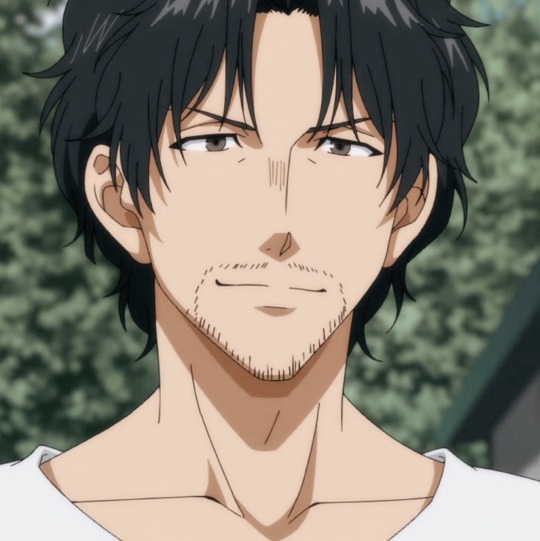

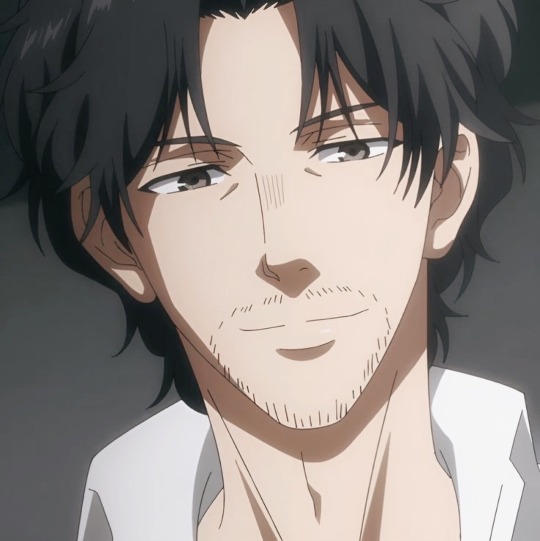
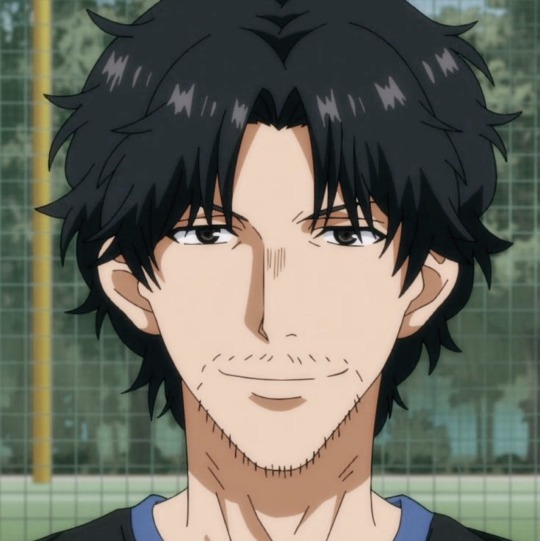

tatsuya fukuda from ao ashi
#🎥 serexvu icon set#twitter layouts#twitter#twitter layout#twitter themes#anime icons#anime icon#twitter headers#manga#manga icon#anime#manga icons#ao ashi#tatsuya fukuda
24 notes
·
View notes
Text
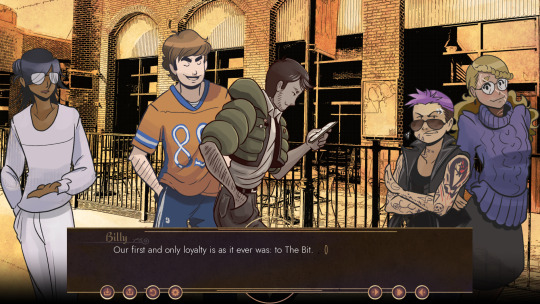
NonPlatonic Forms ver 0.20 is now available for patrons, and ver 0.19 is available on itch.io!
Changelog:
More to read! Wordcount is over 45,000. Meet Lee's old friendgroup from college: Billy Thatcher, Maro Fukuda, and Anna & Susan Enfield! (Yeah, you read those names right. <3 )
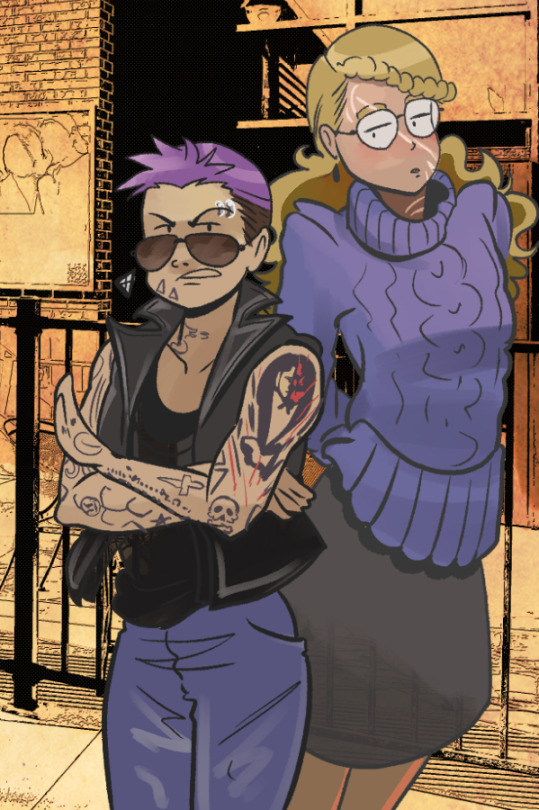
Diegesis' large white text no longer requires two presses to proceed,
When Lee communicates using his phone, the text now displays in blue,
Fixes for the CTC icon (the little gold ring at the end of lines of text),
The buttons for Auto Advance and Fast Forward have been swapped (because the icons were pretty darn confusing),
Various and sundry typo fixes,
Updated Credits! If you'd like your name in the "Patrons" section of the game credits, leave a comment over here: https://www.patreon.com/posts/80441652
In case you were wondering, the rough draft of the script is now up to about 75,000 words. $5 and up patrons can find the new download for ver 0.20 in the usual place. Anyone who joins or upgrades gets access in their welcome message right away. Hope you enjoy!
58 notes
·
View notes
Text
Clash of the Titans: Godzilla's Epic Showdown with His Robotic Doppelgänger in Godzilla vs. Mechagodzilla (1974)
In the pantheon of kaiju cinema, Godzilla vs. Mechagodzilla (1974) stands as a seminal entry that introduced one of the most iconic adversaries in the Godzilla franchise: Mechagodzilla. Directed by Jun Fukuda, this 14th installment in the Godzilla series marked a pivotal moment, blending the classic monster-fighting action with the burgeoning trend of science fiction and robotic antagonists.…
#1974#Godzilla#Godzilla vs. Mechagodzilla#Japanese cinema#Jun Fukuda#kaiju#King Caesar#Mechagodzilla#Toho Studios
0 notes
Text
Arata Endo: Frank Lloyd Wright's Counterpart in Japan
“…from the standing point of working practically on architectural design, I want to think about daily facts on architecture and architectural beauty of the moment, which is found on either side of us, by the roadside and everywhere.”
– Arata Endo
If you’re a regular reader of Design and Desire in the Twentieth Century, you know that we frequently post on architect Frank Lloyd Wright, but until now, not much about his time working in Japan. In 1917 Wright was commissioned to design and oversee the building of the Imperial Hotel in Tokyo. Japanese architect Arata Endo served Wright as his chief draftsperson and translator. (1) While in Japan Wright designed “14 buildings, only six of which would be built”; most were supervised by Arata Endo" (2). But who was Arata Endo? What happened to the architect after his time with Wright?
Arata Endo was born on June 1, 1889 in Fukuda, Nagasaki Prefecture (now a part of Nagasaki City). (3) He studied architecture at Tokyo Imperial University during the early 1910s. Prior to meeting Frank Lloyd Wright in Tokyo in 1917 had Endo worked on the team that was drawing up the plans for the Meiji Shrine. (1) “Endo had…risen to notoriety after publishing a scathing criticism of architect Kingo Tatsuno” (1), who was best known for work influenced by classical western architecture like the Bank of Japan building in Chuo City (1896) and the Tokyo Station Building (1914). (4)

Architects Arata Endō, Frank Lloyd Wright, and Ito Bunshiro. Image source.
Wright’s time in Japan coincided with “the Taisho era of modernity (1912–1926), [when] many Japanese were especially receptive to non-Japanese ideas” (5). Wright found that he and the young architect Endo shared “an infectious wit, no tolerance for mediocrity, and a belief in the sanctity of architecture” (6), and Wright hired the then twenty-seven-year-old Endo as his chief draftsperson on the Imperial Hotel project. Endo also introduced Wright to husband and wife architects Kameki and Nobuko Tsuchiura. The couple worked on the Imperial Hotel project, then later moved to the United States to work with Wright at Taliesin and in Los Angeles. (6)
In 1922, with the Imperial Hotels months away from completion, (2) circumstances forced Wright to return to the United States. It is not clear whether Wright had been fired or whether he left Japan for other reasons. Endo took over supervision of the project to completion. (1) “The Imperial Hotel (1914–1923)… became an icon of modern Tokyo” (5). Its innovative design was popular with both fashionable Japanese residents and foreign visitors. (5)
During his illustrious career, Frank Lloyd Wright occasionally collaborated with other architects, but he rarely credited those collaborators. Arata Endo was the only architect who was credited with designing a building with Wright, the Jiyu Gakuen school (1921) in Tokyo. Endo oversaw the construction of this project after Wright’s departure from Japan. (1) Endo also supervised the project for “the only surviving Frank Lloyd Wright residence in Japan: the Yodoko Guest House (1918)" (1).
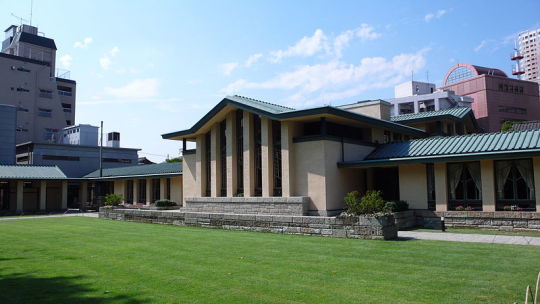
Frank Lloyd Wright and Arata Endo, Jiyu Gakuen Myonichikan (1921), Tokyo Japan. Image source.
Arata Endo designed few projects during the mid-1920s. Instead, he focused on writing several articles about his philosophy on architecture, “including ‘An essay on architectural art’ (1926) and ‘An essay on architecture’ (1928)” (7).
Sadly, Frank Lloyd Wright’s Imperial Hotel was demolished in 1967, although Endo’s masterwork, the Koshien Hotel (1930), “which was heavily influenced by Wright’s Imperial Hotel” (1) is still extant. Like much of Wright’s work, “the façade of Koshien Hotel is characterized by horizontal lines, vertical lines, and pavilion roofs” (7), yet the hotel looks neither like traditional a Japanese inn nor a western hotel. (7) Beginning in 1944 the hotel was used as a Navy Hospital; later it was taken over by the American military during the post-war occupation. Presently it’s part of the Mukogawa Women’s University (1).
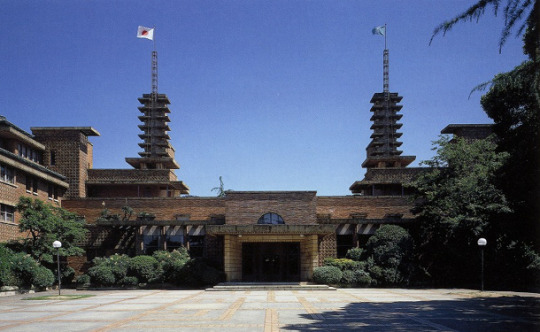
Arata Endo, Koshien Hotel (1930), Hyogo Prefecture, Japan. Image source.
After the completion of the Koshien Hotel, Endo moved to Manchuria “to pursue opportunities there. He was stuck in China awaiting repatriation after the war and fell dangerously ill” (8). As Wright did with many of his friends in need, Wright helped Endo finacially during this difficult period. (8)
Arata Endo eventually returned to Japan and worked on several projects “with his sons Raku and Tou” (8). Arata worked up until his death in 1951. His final building was Mejirogaoka Church (1950) in Mejiro, Tokyo, Japan (3) which is still used as a Protestant church and is a registered Tangible Cultural Property.

Arata Endo, Yodokō Guest House (1924), Hyogo Prefecture. Image source.
Although Arata Endo’s work received much criticism as being too imitative of Frank Lloyd Wright, in Japan, there is a growing appreciation for Endo’s work. The Jiyu Gakuen schools outgrew the building and moved to a new location in 1934. The building was left empty and subsequently deteriorated. After its architectural significance was recognized the structure “underwent a two-year renovation in 1999” (9). The building is now designated as an Important Cultural Property of Japan. (9) In 2014, one of Endo’s significant private homes Kaji Villa in Hayama (1928) was temporarily open to the public for the first time, (1) and now is available as a vacation rental. (10)
Arata Endo’s legacy will always be connected with Frank Lloyd Wright, but without Arata’s efforts on Wright’s behalf, Wright may have not been able to successfully leave his mark on a country whose art and architecture had great influence over him and his work.
References
Johnny, (2 October, 2014). Arata Endo: the architect who carried on Frank Lloyd Wright’s Legacy in Japan. Retrieved from Spoon and Tamago website: https://www.spoon-tamago.com/arata-endo-the-architect-who-carried-on-frank-lloyd-wrights-legacy-in-japan/
Xie, J. (6 October, 2014). Here's the Guy Who Made Frank Lloyd Wright Famous in Japan. Retrieved from: https://archive.curbed.com/2014/10/6/10039228/frank-lloyd-wright-legacy-japan-arata-endo
Wikipedia.com, (16 January, 2022) Arata Endo. https://en.wikipedia.org/wiki/Arata_Endo
National Diet Library of Japan (2004). Tatsuno Kingo. https://www.ndl.go.jp/portrait/e/datas/289/
Capokova, H. (2012). Antonin Raymond's “Glocal” Modern Architecture (1921–1976), downloaded from: https://www.academia.edu/51131953/ANTONIN_RAYMOND_S_GLOCAL_MODERN_ARCHITECTURE_1921_1976_
Kruger, N. (2 April, 2014). A Modern Marriage: Kameki and Nobuko Tsuchiura at Tatemono-en. https://artscape.jp/artscape/eng/focus/1404_02.html
Sakahara, J. (2012). “Embodiment of Arata Endo's Philosophy on Architectural Beauty at the Former Koshien Hotel”, Intercultural Understanding, 2012, volume 2, pages 45-52, downloaded from: https://itcs.mukogawa-u.ac.jp/publications/IU_vol2/pdf/1-5_article.pdf
Severns and Mori, (2014). Apprentices: Arata Endo. Retrieved from: Window on Frank Lloyd Wright’s Legacy in Japan website: http://wrightinjapan.org/eng_wij/e_appentices/endoarata_e.html
Frank Lloyd Wright Foundation, (n.d.). Jiyu Gakuen Myonichikan. https://franklloydwright.org/site/jiyu-gakuen-myonichikan/
Japan Property Central (28 September 2020). Historic Villa in Hayama to open as Holiday Rental. https://japanpropertycentral.com/2020/09/historic-villa-in-hayama-to-open-as-holiday-rental/
0 notes
Photo





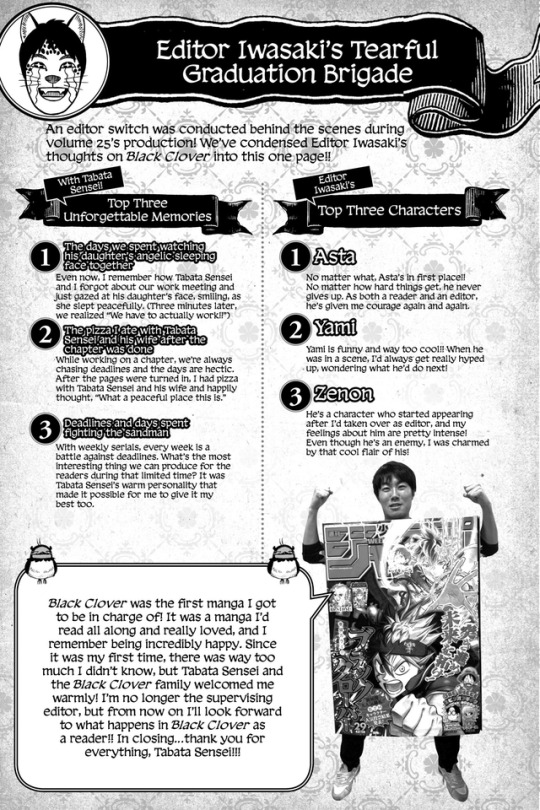
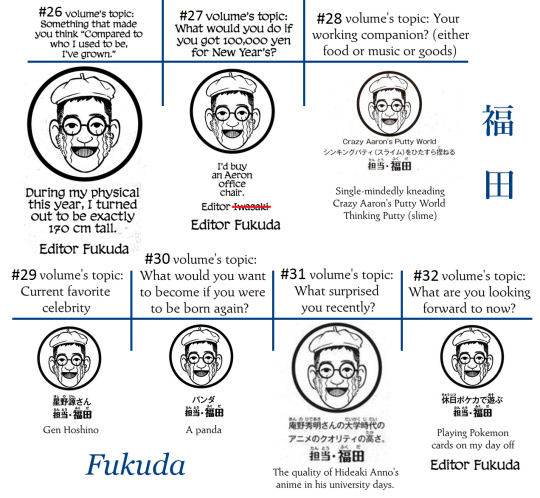
Blank Page Brigade Spotlight: Editors
At the end of volumes of Black Clover is space for the “Blank Page Brigade.” This particular “brigade” is composed of the assistants (you know, those who help with art) and others from the Black Clover manga team, lead by “Captain Tabata.”
In each volume there’s a question that everyone answers. I’ve compiled the answers from all published volumes (1-32), and grouped them together. Previous answers (and drawings from the assistants) can be seen starting with this post HERE.
However, the rest of the staff didn’t include drawings, but they are each represented by an animal-like self (I don’t know if they drew that for themselves, or if it was Tabata or someone else). In the beginning, sometimes these animal selves would be expressing, but eventually it was just the icon.
Editor #1: Tatsuhiko KATAYAMA
was present for half of the series, from vol.1-15
While Katayama gets a little doodle of a crying capybara starting in volume 3, logistically as the editor Katayama would've been there from the start. Maybe they were still figuring out what Katayama's doodle was gonna be?
Black Clover may have been the first manga he was editor of, but it was far from his last! Katayama was also the 1st editor for Demon Slayer, editor for Summer Time Render, and editor for Jujutsu Kaisen! And at some point promoted to group leader/captain!
now which project did you eat insects for...
I know his name is Tatsuhiko because they said so in an interview he did for Viz - actually he's done quite a few interviews!
interview as Black Clover editor, interview with Tabata; interview as Demon Slayer editor; interview as JJK editor
idk who he's editor for now, or if he even still works for Shonen Jump, but if you know then please do tell~!
From the volume 15 afterword:
Mr. Katayama... You were a fun, well-adjusted person. I'm sorry for all the crazy stuff I put you through!! Thank you very, very much!!!
Editor #2: TOIDE
was present from vol.16-23
his name might be Keisuke but I'm not totally sure about that so uhh...
volume 20 had a message pointing to Toide and Comic Editor Koshimura that said “Incredibly, it turns out that these two are from the same part of the country”
Katayama and Toide, two editors for Black Clover, have cosplayed as Asta, but Toide stepped it up a notch and has also cosplayed Grey and Noelle! He's a former editor, you know!
Editor #3: IWASAKI
was present for only vol.24 and 25
his name might be Yuuji but I'm not totally sure about that either so uhh...
apparently this was Iwasaki's first manga that he was editor of, however his time was very brief, joining around the 6-month timeskip and then dipping half-way through the Dark Triad fights (around the time of the Heart Kingdom dark disciple fights from the looks of the date of Tabata's WSJ author's comment)
this was also when the lockdowns from COVID were really coming down so I can't help but wonder what happened here...
From the volume 25 afterword:
Farewell, Editor Iwasaki!!!
Iwasaki is the sort of agreeable young guy you just don't see these days. He's such an extremely good person, so this lightning-fast editor change makes me sad and kinda lonely...
He watched over my baby daughter's growth every week, and "If this keeps up, he might end up being her first love" was a thought that concerned me.
Hang on... Looking back, I realize I forgot to write a comment here when my previous editor Toide left...
Both Toide and Iwasaki, thank you very much!!!
Editor #4: FUKUDA
present since vol.26, confirmed up to vol.32, and I assume is still the current editor
it’s been a while since there was a hiccup like this, but it seems Iwasaki’s departure was still sudden enough that the English copy of vol.27 accidentally copied-pasted Iwasaki’s name onto Fukuda’s answer
apparently Crazy Aaron's Putty World is a brand of putty, and "Thinking Putty" is specifically this here
From volume 26 afterword:
Between this and that, Mr. Fukuda is now my editor! At first, I thought, "This guy has a lot of energy. Youth is a wonderful thing," but now, after a few months have passed, he's pretty ragged!! I'll take him to hell with me, just like my previous editors!! I'm looking forward to working with him!!
Next Up: the end! with extra drawings from assistants in vol.31-32 and an unexpected bonus that I found!
#black clover#asta#black clover asta#noelle silva#black clover grey#blank page brigade#long post#tagging characters because of the cosplays :p
1 note
·
View note
Photo
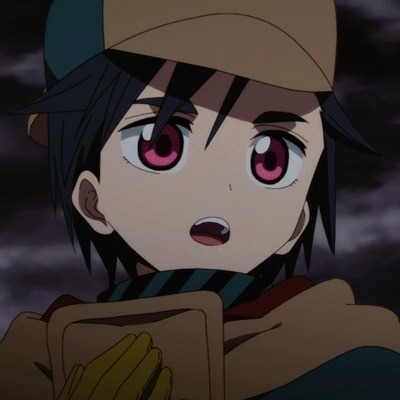
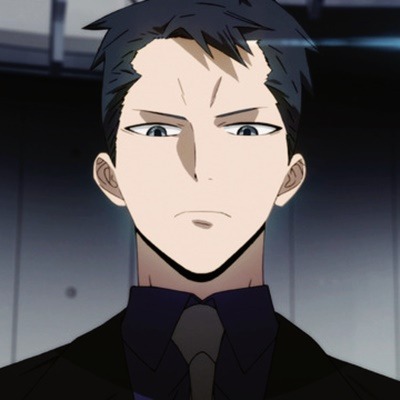

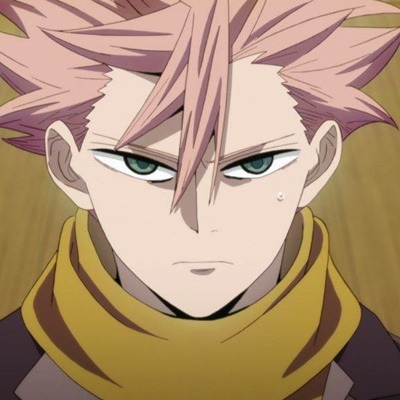
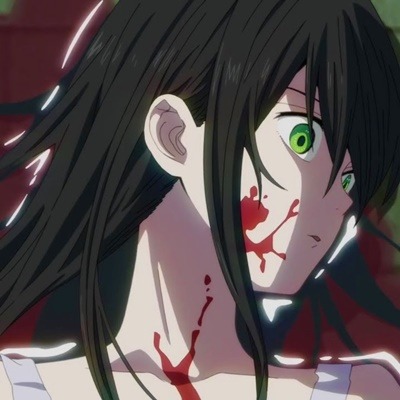


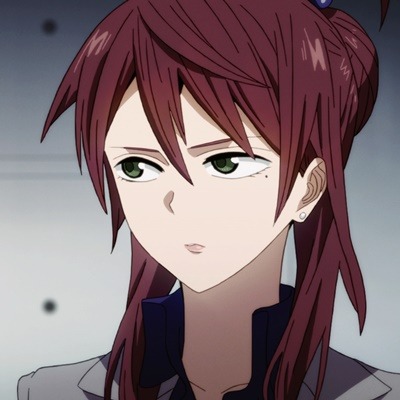
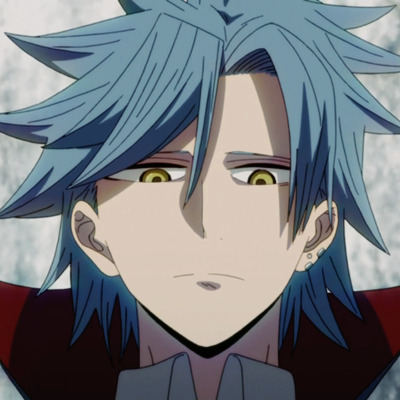
↠ ID: INVADED icons ~♡
like/reblog if you save © on twitter @mewseok
#id:invaded#id invaded#akihito narihisago#koharu hondomachi#fukuda tamotsu#sarina tougo#momoki funetarou#kaeru#kaeru icons#hondoumachi icons#koharu icons#narihisago icons#narihisago#sakaido#sakaido icons#fukuda icons#fukuda#anaido#anaido icons#miyo hijiriido#miyo hijiiriido icons#id invaded icons#id:invaded icons#icons#twitter icons#twitter#random icons#random#anime icons#anime
292 notes
·
View notes
Text









Id: Invaded icons // S1 ep 07
#id: invaded#sakaido#hondomachi#fukuda#akihito narihisago#koharu hondomachi#tamotsu fukuda#id: invaded icons#sakaido icons#hondomachi icons#fukuda icons#akihito narihisago icons#anime icons#id invaded#id invaded icons#anaido#miyo hijiriido
79 notes
·
View notes
Text




⠀⠀⠀⠀⠀،، Princess.
⠀⠀⠀⠀⠀⠀momoiro meloik icons!
#aesthetic cute#art icons#cute icons#aesthetic anime#anime girl icons#cute anime icons#anime pink#cute anime girl#aesthetic manga#manga aesthetic#manga icons#free icons#aesthetic icons#aesthetic#soft icons#cute aesthetic#shinichi fukuda#momoiro meloik
24 notes
·
View notes
Text





Tatsuya Fukuda Icons
Like And Reblog
#ao ashi#ao ashi icons#ao ashi edit#aoi ashito#aoi ashito icons#icons#anime#icons anime#anime icon#anime icons#manga+icons#anime aesthetic#tatsuya fukuda#fukuda#tatsuya fukuda icons
34 notes
·
View notes
Text



Fukuda, Tamotsu
#id invaded#id invaded icons#fukuda tamotsu#fukuda tamotsu icons#anime#anime edits#anime edit#own edit#anime icons
45 notes
·
View notes
Text



Sono Bisque Doll Wa Koi Wo Suru // Fukuda Shinichi
#my dress up darling#sono bisque doll wa koi wo suru#manga#manga cap#mangacap#manga blog#girl#gyaru#manga girl#manga icons#fukuda shinichi
189 notes
·
View notes
Text









༉ ᥦ 🥷📞 ╮ ﹙𝕋﹚ 𝑜𝑑𝑜𝑟𝑜𝑘𝑖 𝑠ℎ𝑜𝑢𝑡𝑜 ╳ 𝐃𝐄𝐌𝐎𝐍 𝐒𝐋𝐀𝐘𝐄𝐑 伔 🔌
───﹌──────╮ 𖥦 ᥢᥱᥕ fᥣᥱᥙᥐ ㅂ ❜ ፡
﹌ 𝗹𝗼𝘃𝗲 ﹌ ㅤ𓈒 𝐒𝐀𝐍𝐉𝐈 💸⏓⎞
#shigeo fukuda#mob psycho 100 shigeo#anime icons#animefigure#best anime#anime style#anime cosplay#anime art#anime girl#vscofilter#vsco#vsco soft filter#vsco icons#vsco effect#vsco soft effect
85 notes
·
View notes
Text
Monsters, Robots, and Mayhem: The Wild World of Godzilla vs. Megalon
“Godzilla vs. Megalon” (1973) stands as a notable entry in the long-running Godzilla franchise, directed by Jun Fukuda. This filmhas become a cult classic, appreciated for its campy charm and memorable monster battles. Produced by Toho Studios, it showcases the iconic Godzilla in a battle against the underwater creature Megalon, with assistance from the giant robot Jet Jaguar. This article delves…
#Gigan#Godzilla#Godzilla vs. Megalon#Japanese cinema#Jet Jaguar#Jun Fukuda#kaiju#Megalon#Monster movies#Seatopia#Toho Studios
0 notes
Photo









Anaido icons
like or reblog
dont’ repost
115 notes
·
View notes
Text
funniest thing abt all my bnha ocs is that. i dont know what any of their quirks are. i just really dont give a shit about quirks in general tbh
#everytime its like. oh right they have a superpower. or whatever.#lets just say one of the morticians is a cat person. isnt that cute?#catboy mortician#shiro is a cat person#no what if fukuda is a cat person#iconic of him#fic stuff
4 notes
·
View notes
Photo







fukuda asuka ♡ モー娘。mvs
#fukuda asuka#morning musume#morning musume 20th#mygifs#idolxmvs#bruh i thought i would find more shots to gif for memory bc asuka had a decent amount of lines but it's literally all nacchi#and it sucks cause it was her last single but whatever never forget is iconic
31 notes
·
View notes